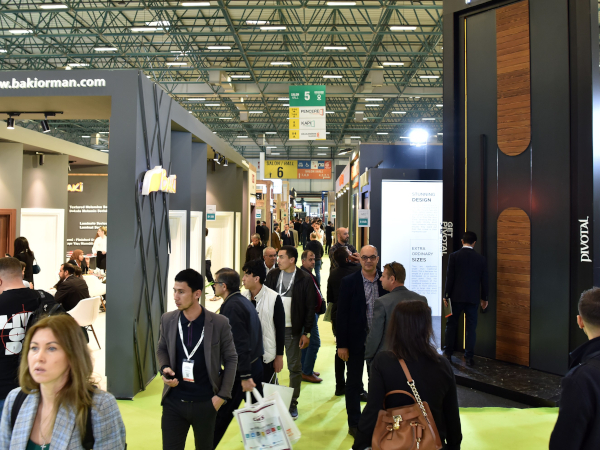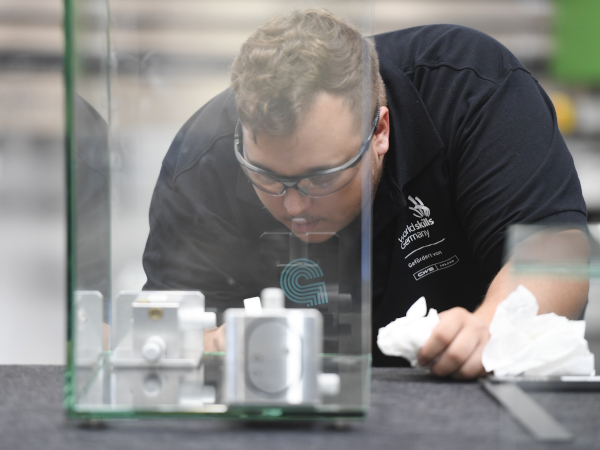Date: 19 April 2006
Corning and glassmaking have been practically synonymous since 1868, when Brooklyn Flint Glass Works relocated here and assumed the name Corning Glass Works.
But a museum celebrating the wide open landscapes of the West and the cultures of cowboys and Indians seems more of a stretch. The Rockwell Museum of Western Art occupies the former City Hall, and you can't miss it: Look for the Romanesque Revival heap of bricks with a bison bursting through the front facade.
Transplanted from Colorado to Corning to help manage the family department store, Robert Rockwell indulged twin passions for collecting and for the West he had left behind. Despite a false start (the first Frederic Remington oil painting he bought turned out to be a copy), Rockwell and his wife, Hertha, assembled an impressive collection of 19th- and early-20th-century painting and sculpture. They displayed selections in the now-closed department store, but the collection outgrew the collectors. With help from Corning Glass Works (now Corning Inc.), they established the museum. The city helped, too. It sold the 1893 City Hall for $1 to the glass company, which converted it to a museum space and turned it over to the Rockwells in 1982.
A further renovation completed in 2001 created a modern gallery environment for the collection, which has been enhanced with contemporary work, including many pieces from Native American artists. The spirit of an idealized West shines brightest in paintings and sculptures by the giants of Western art, Remington and Charles M. Russell. Their important pieces fill a second-floor gallery set up as a rustic lodge, complete with large stone fireplace and comfortable Mission-style furniture. Color-coded galleries on the third floor explore the motifs, myths, and preoccupations of Western art: the life of the cowboy, the buffalo as symbol and sustenance, and the dream and promise of wilderness.
Read the entire news article on the source link below.








Add new comment